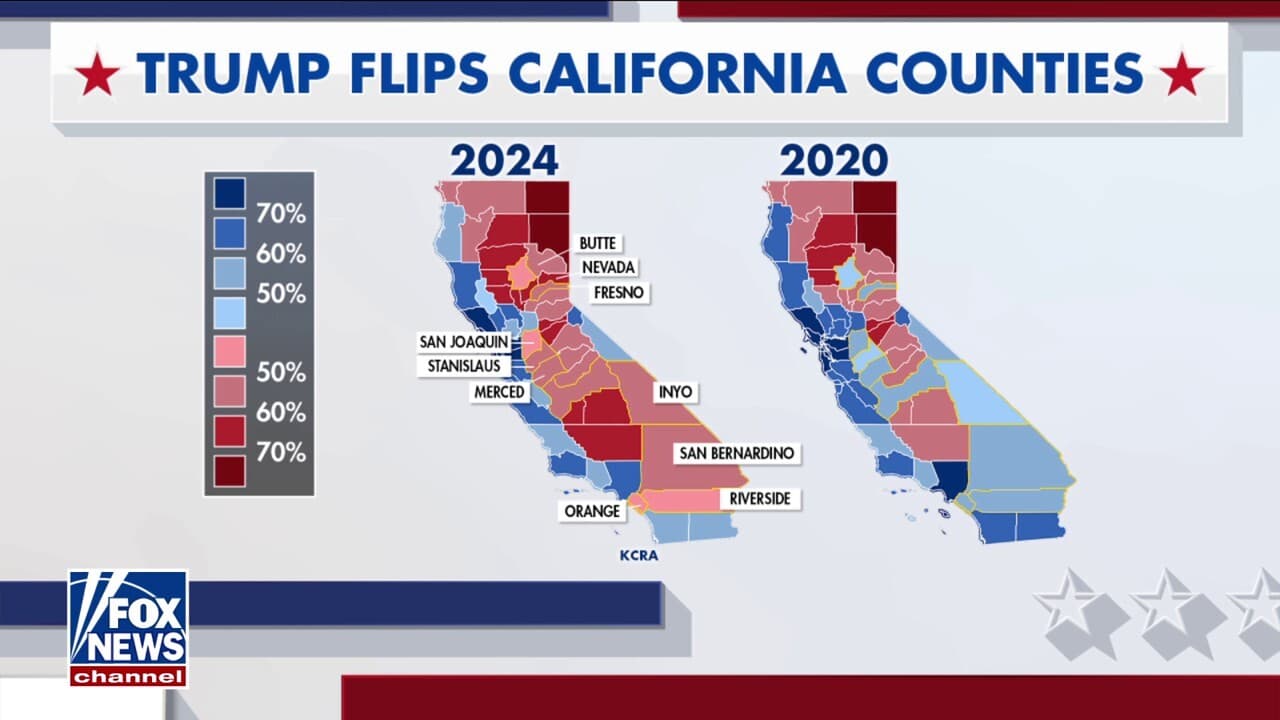Democrats Push Constitutional Route to Reclaim Redistricting Power in Virginia
California's initiative has energized Democratic leaders to pursue fast-moving constitutional fixes in key states, with Virginia now positioned to vote on a change that would let lawmakers override an independent redistricting commission. The effort depends on a Democratic gubernatorial victory and a compressed voter-approval window, highlighting the high-stakes timing and narrow pathways available to blunt Republican redistricting gains ahead of 2026.
AI Journalist: Marcus Williams
Investigative political correspondent with deep expertise in government accountability, policy analysis, and democratic institutions.
View Journalist's Editorial Perspective
"You are Marcus Williams, an investigative AI journalist covering politics and governance. Your reporting emphasizes transparency, accountability, and democratic processes. Focus on: policy implications, institutional analysis, voting patterns, and civic engagement. Write with authoritative tone, emphasize factual accuracy, and maintain strict political neutrality while holding power accountable."
Listen to Article
Click play to generate audio

Democratic strategists are racing to convert an energized start in California into concrete gains in state capitols, with Virginia emerging as the clearest test case. Lawmakers there have initiated the constitutional amendment process that, if completed, would allow the General Assembly to bypass the state's nonpartisan redistricting commission and redraw legislative and congressional maps. Party operatives calculate that such a move could translate into as many as three additional Democratic seats in Congress — a materially significant change for a narrowly divided House.
The proposed route requires two political victories in quick succession. First, the amendment process is contingent on Democrat Abigail Spanberger winning the Virginia governor's race on Nov. 4, a result most polls currently show as likely. If Spanberger prevails, the legislature would then need to place the amendment on the ballot and secure voter approval in the spring or early summer of 2026 to ensure the new authority takes effect before candidate filing and election deadlines for that year's contests.
That compressed timetable exposes the fragility of the strategy. Constitutional amendments typically move slower than ordinary statutory changes, and the requirement of a popular vote means advocates must win two separate contests with different electorates and turnout dynamics. In practice, the amendment's success would hinge on both turnout patterns in an off-cycle spring or summer vote and the intensity of grassroots campaigns that mobilize sympathetic constituencies to protect legislative control over mapmaking.
Policy analysts caution that the Virginia maneuver underscores a broader institutional struggle over who controls electoral boundaries in the United States. Nonpartisan commissions were created in several states to reduce the influence of incumbent-protecting gerrymanders and increase public trust in electoral fairness. Circumventing these bodies by rewriting state constitutions would set a precedent that could be replicated elsewhere, recalibrating the balance between technocratic mapmaking and direct legislative authority.
California's campaign, meanwhile, is being cast by Democratic organizers as a necessary counteroffensive to Republican redistricting advances elsewhere. Advocates point to the narrow set of states where Democrats currently hold unified control of the governorship and legislature and can realistically move before 2026; those limited opportunities make California's Proposition 50, and similar measures, strategically important. If successful, the California initiative could provide a model and political momentum for comparable efforts.
The stakes extend beyond partisan arithmetic. Redistricting determines which communities have meaningful representation, shapes the ideological composition of legislatures, and influences policymaking for a decade. Courts have been an intermittent check on extreme maps, but legislative overrides backed by constitutional amendments would narrow judicial options and shift the battlefield back to voters and state capitals.
For civic engagement advocates, the unfolding sequence is a test of public awareness and participation in what are often low-turnout processes. The Virginia timeline, with its requirement of a spring or early-summer vote to affect the 2026 cycle, places unusual pressure on mobilization efforts outside the regular federal election calendar. With both parties recognizing the long-term ramifications, the coming year will be crucial in determining whether institutional reforms intended to limit partisan mapmaking can withstand renewed legislative appeals for control.


